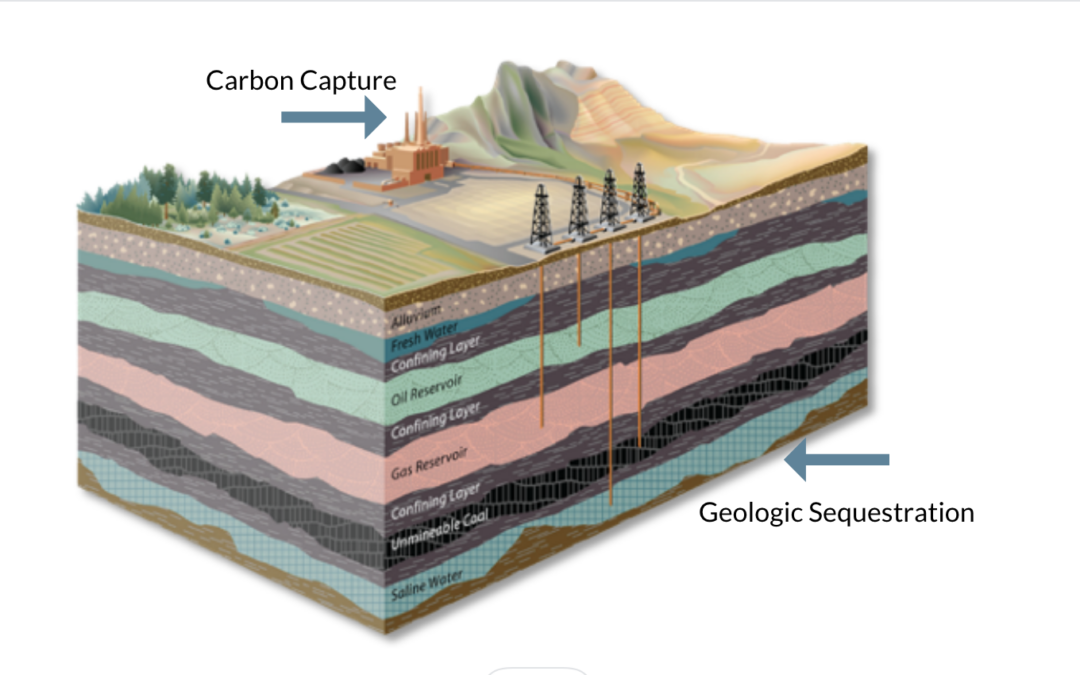EGI conducts numerous projects in carbon sequestration wherein large amounts of anthropogenic CO₂ emissions are targeted for injection into deep saline aquifers or other suitable geologic formations. EGI’s research portfolio on low-carbon technologies includes work in carbon capture, utilization and storage.
EGI Awarded $8 Million to Validate Commercial-Scale Geologic Carbon Sequestration in Utah’s Uintah Basin
Energy plays a central role in the economic vitality of Utah’s Uintah Basin. EGI has been awarded $8 million by the U.S. Department of Energy to establish the feasibility of a commercial-scale geologic carbon storage complex in Utah’s Uinta Basin capable of storing at least 50 million tons of carbon dioxide. This project has the potential to support the long-term viability of the area’s coal-fired Bonanza Power Plant and/or new natural gas generation, as well as enabling the development of low and zero carbon industrial opportunities in the area.
EGI Part of Two Major Direct Air Capture Hub Projects Receiving U.S. DOE Grant Awards
EGI will be a critical partner in two U.S. Department of Energy funded Direct Air Capture Hubs. As part of these funded projects, EGI’s Carbon Science Team, led by Dr. Brain McPherson, will be assessing the viability of deploying direct air capture technologies with geologic carbon sequestration at two Utah locations. As part of the Southwest Regional Direct Air Capture Hub, EGI will be leading the assessment of direct air capture and geologic carbon sequestration in the Paradox Basin in southeast Utah on state trust lands near the Aneth oil field. Revenues from the development of state trust lands benefits Utah’s schools. In the Red Rocks Direct Air Capture Hub led by Fervo Energy, EGI’s Carbon Science Team will be establishing the viability of carbon sequestration utilizing geothermal power sources in southwest Utah northeast of the town of Milford.
Image: EGI’s Carbon Science Initiative: Enormous CO2 storage capacity lies underground. CO2 may be captured from power plants and industrial sources, and then sequestered or used for EOR.

